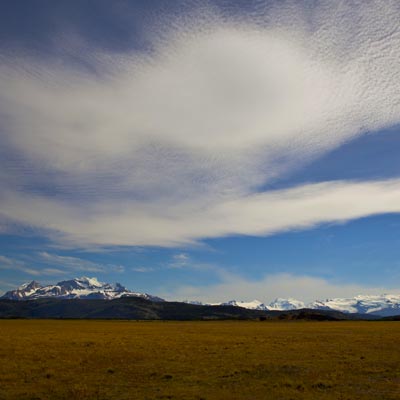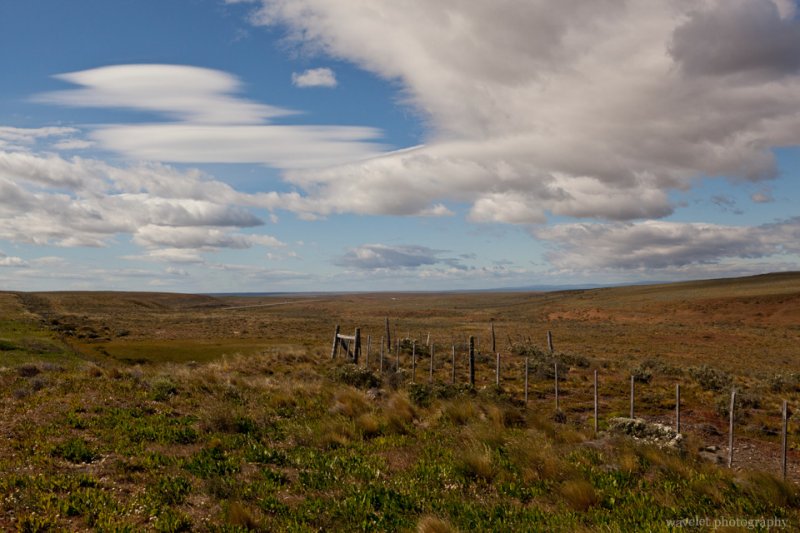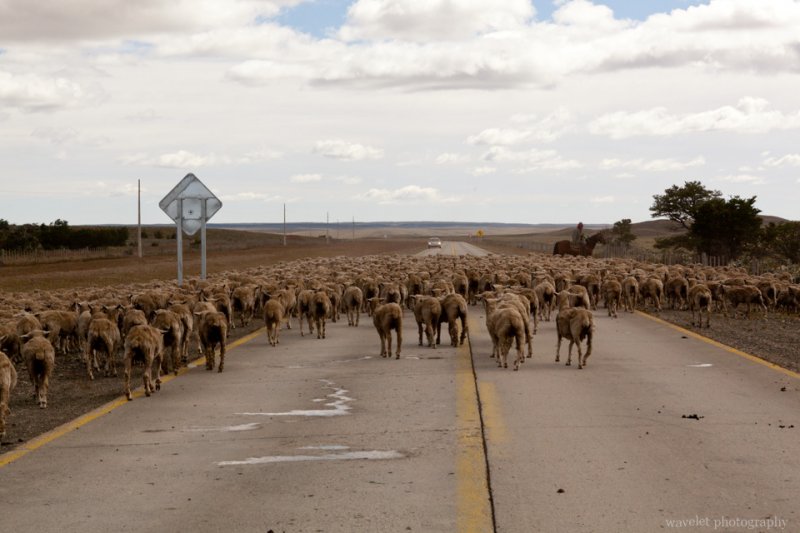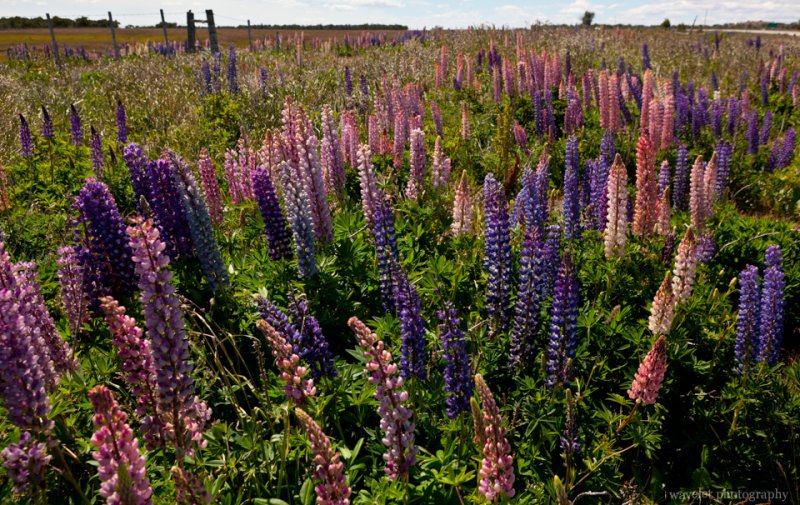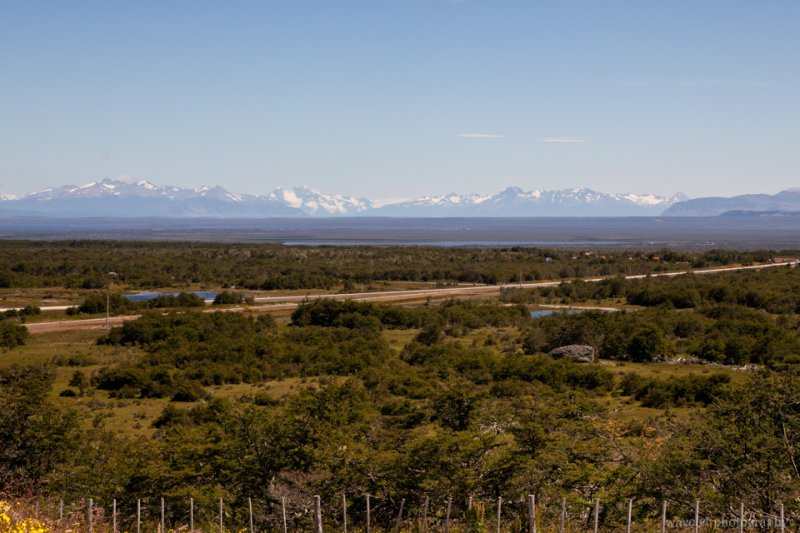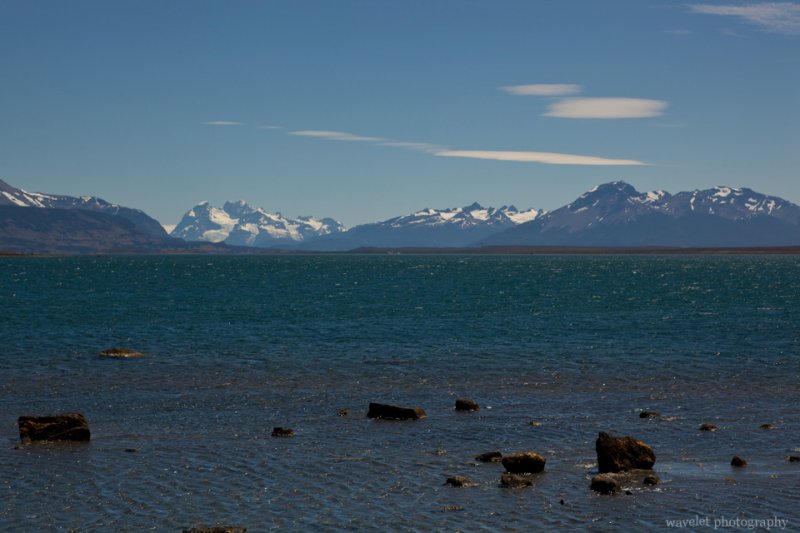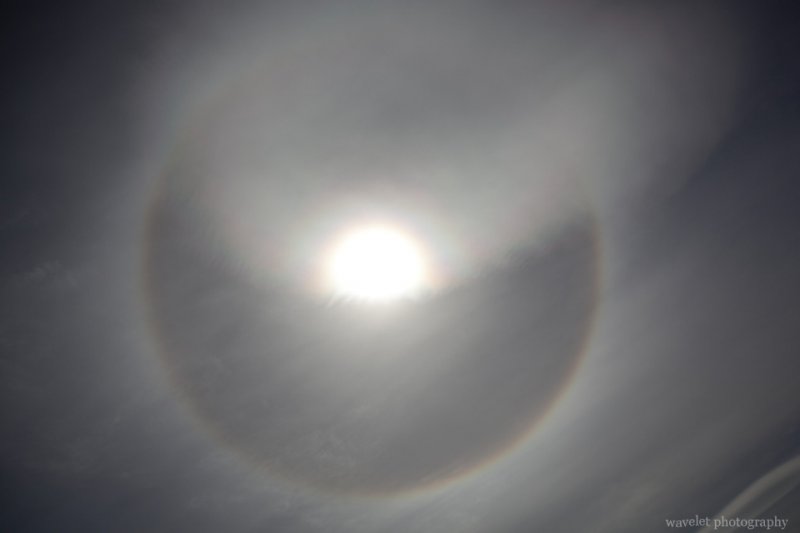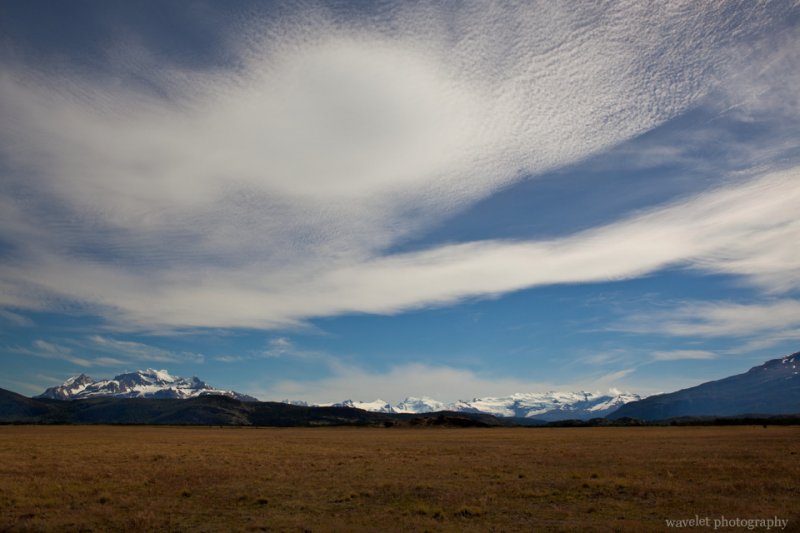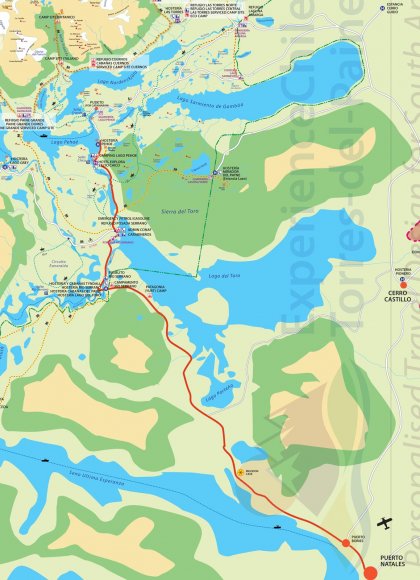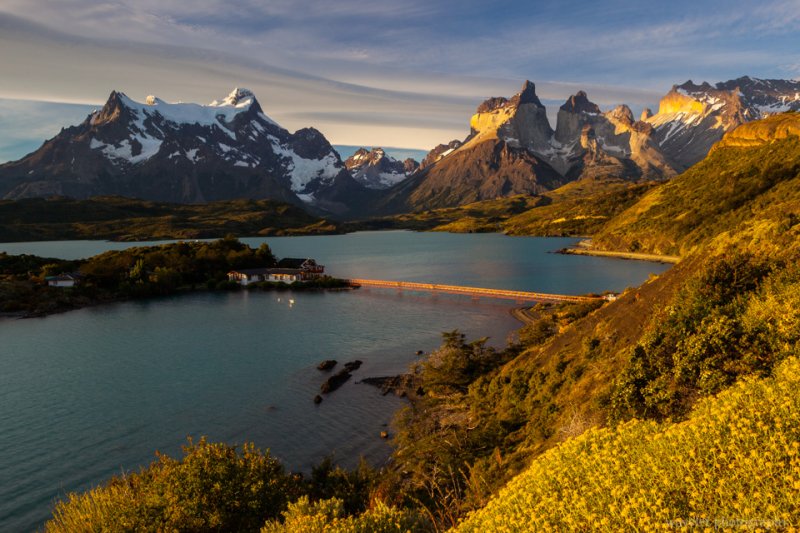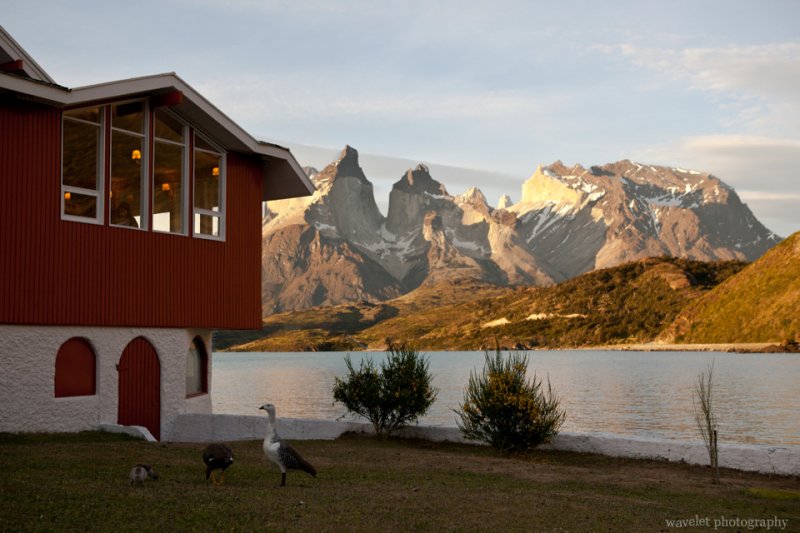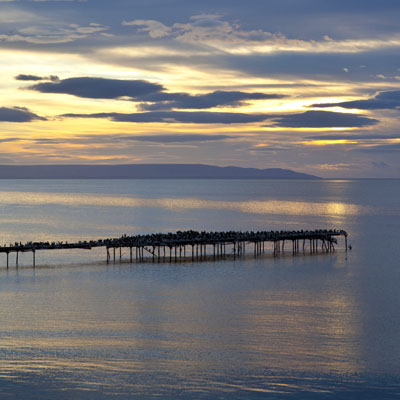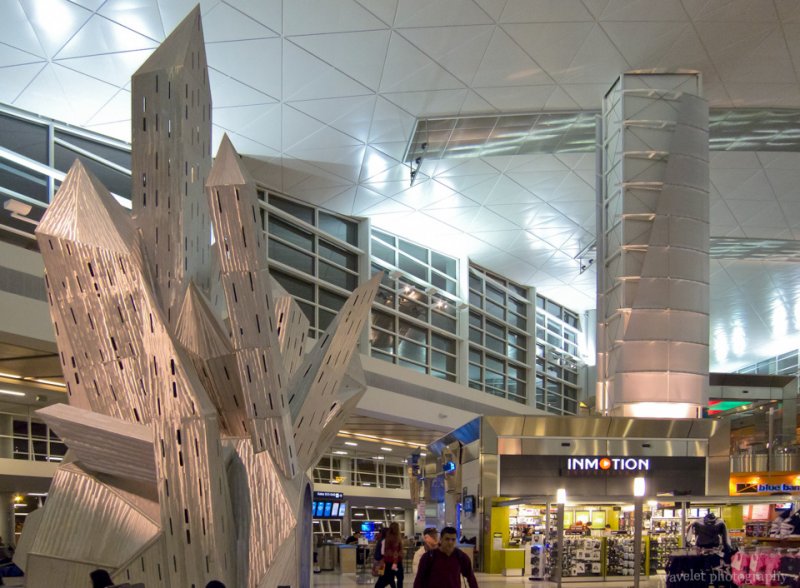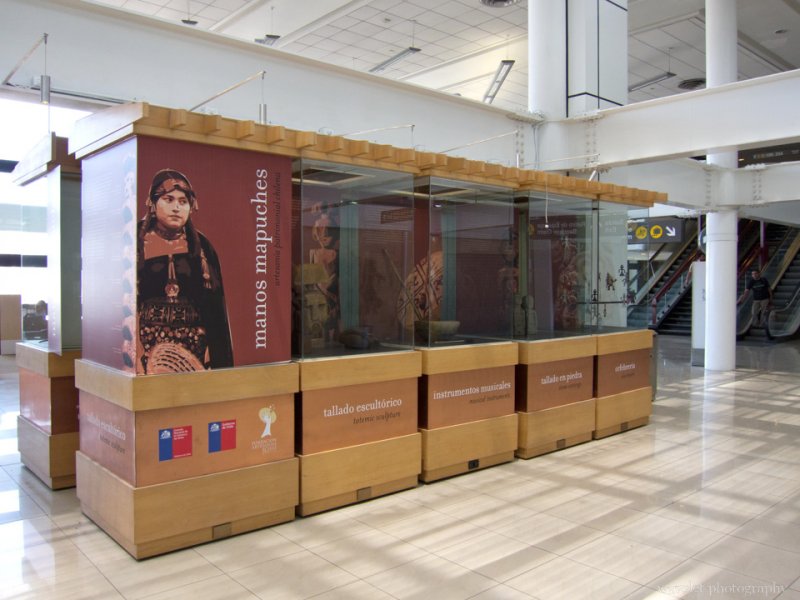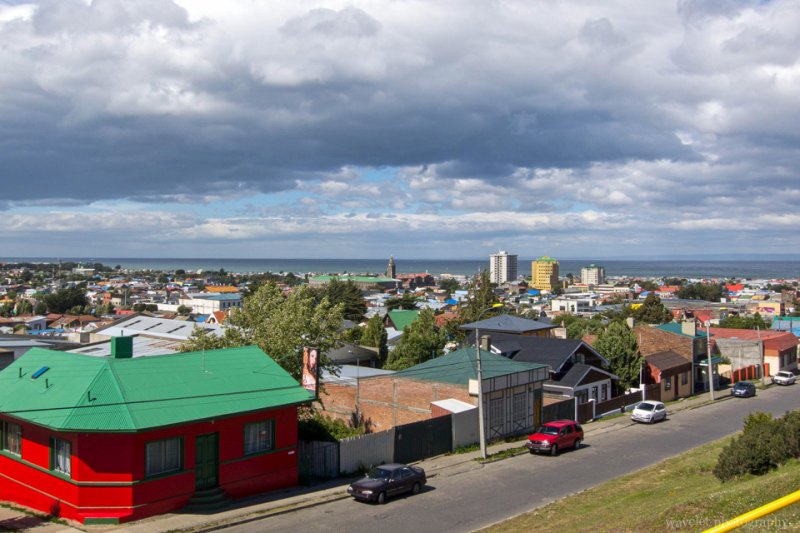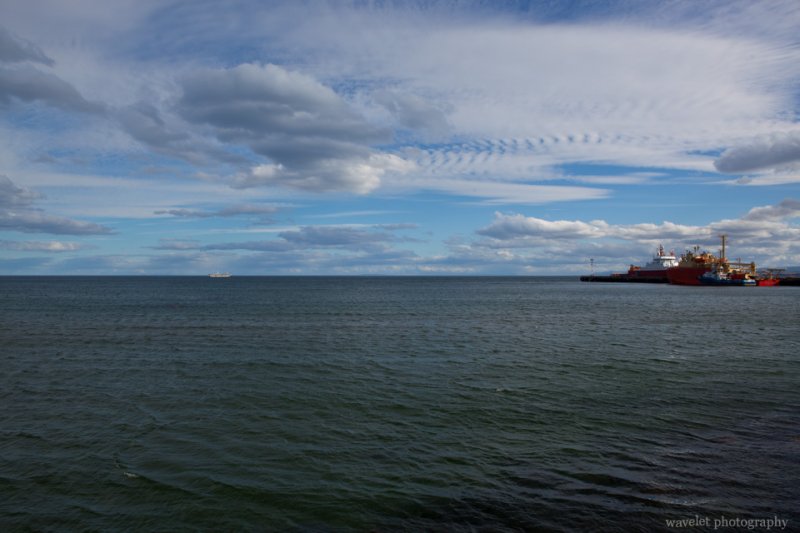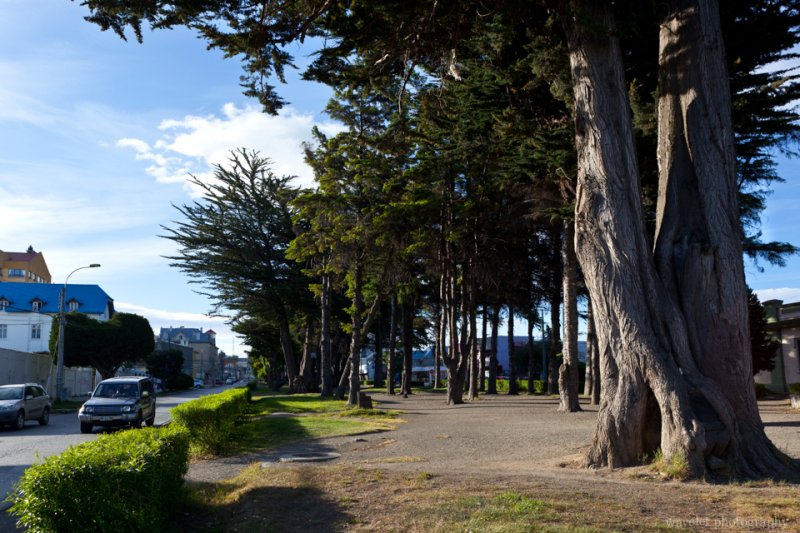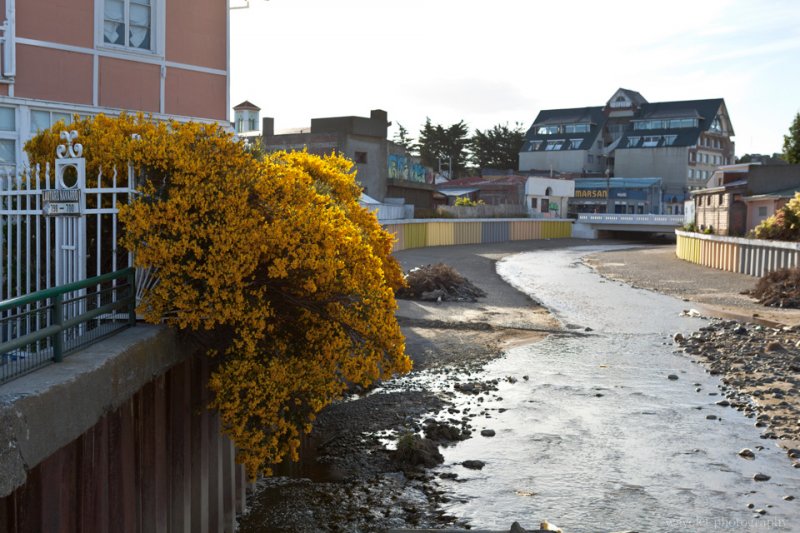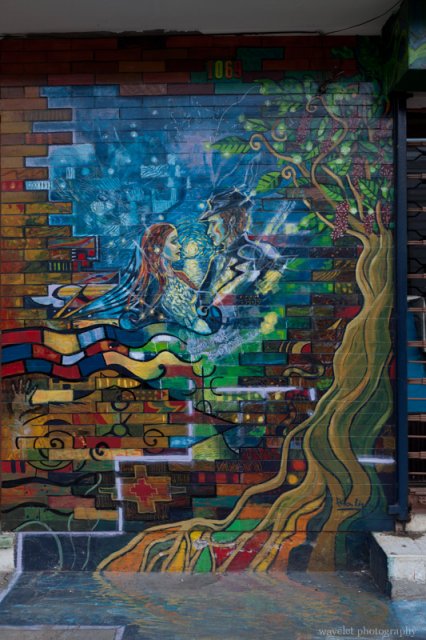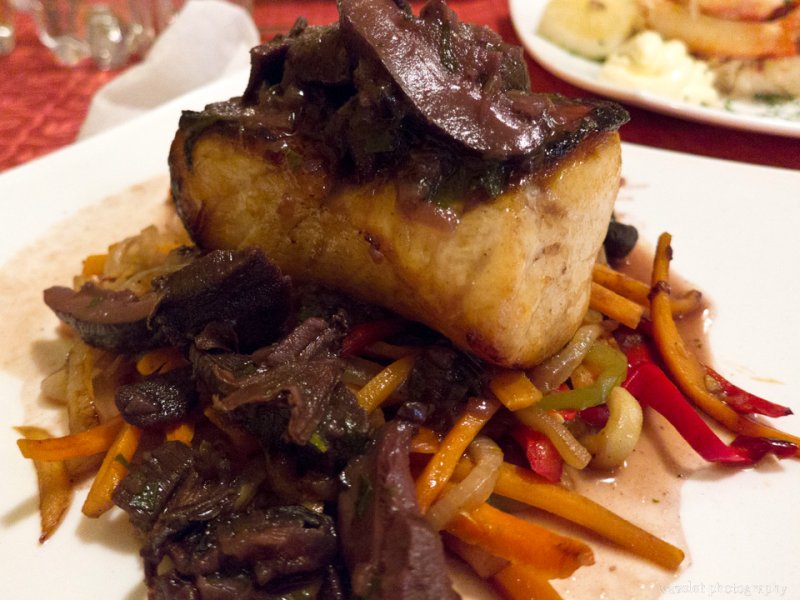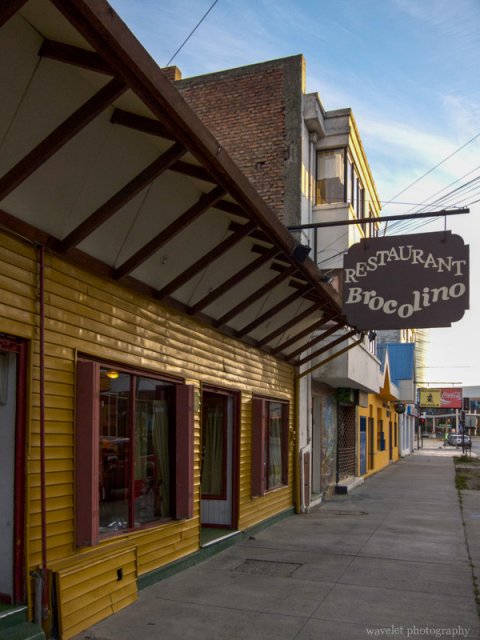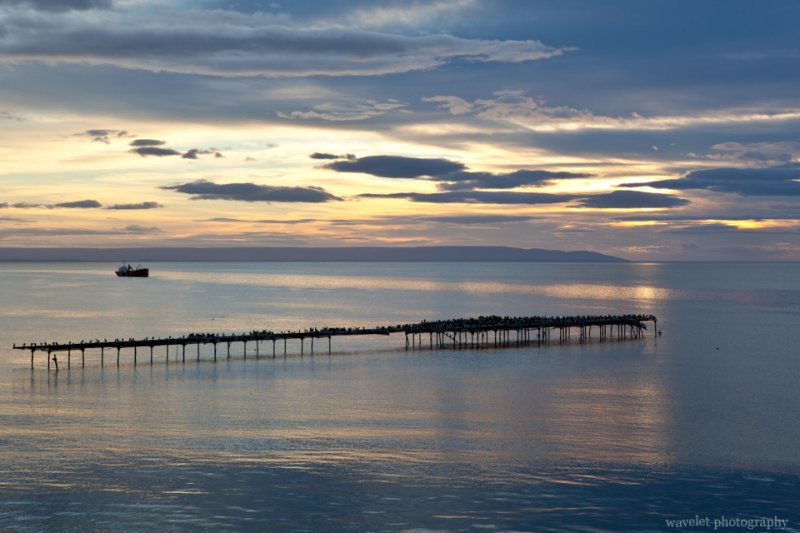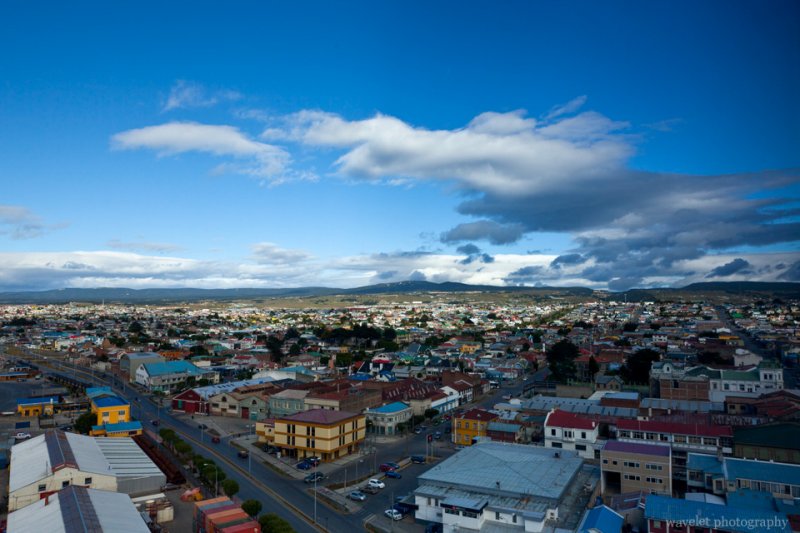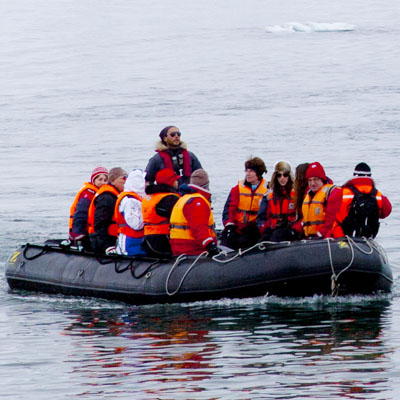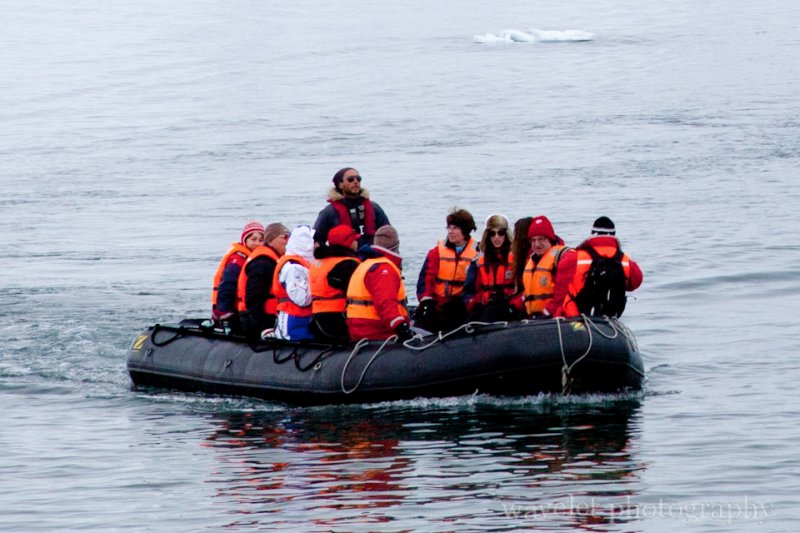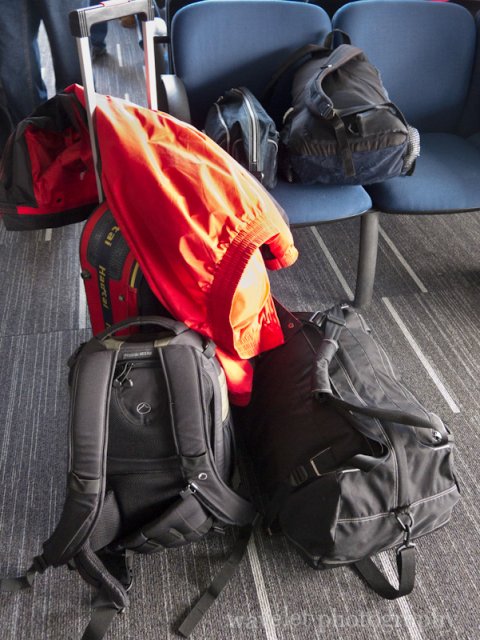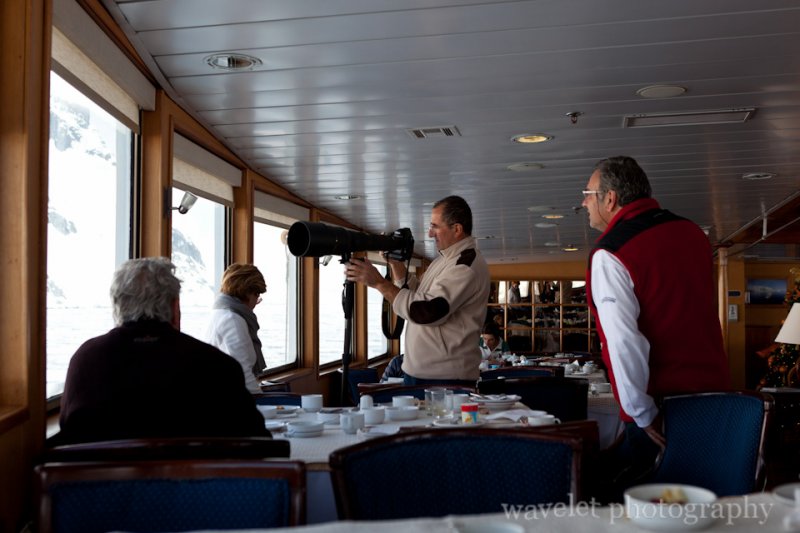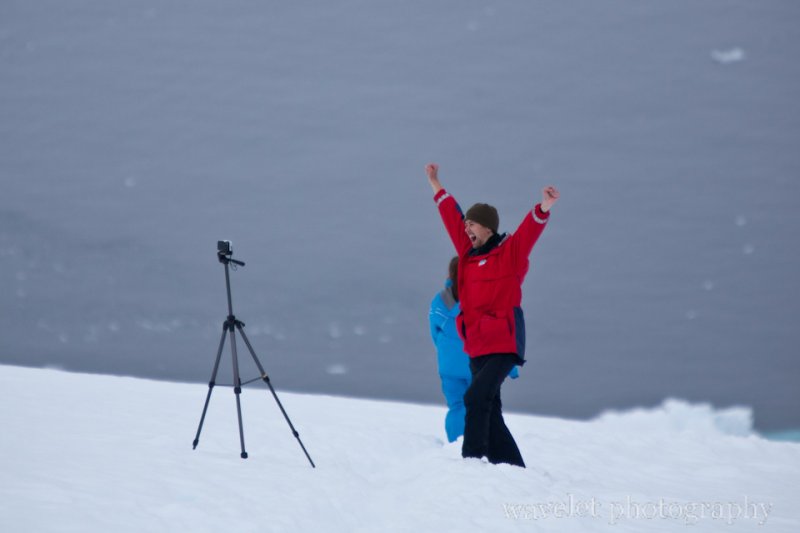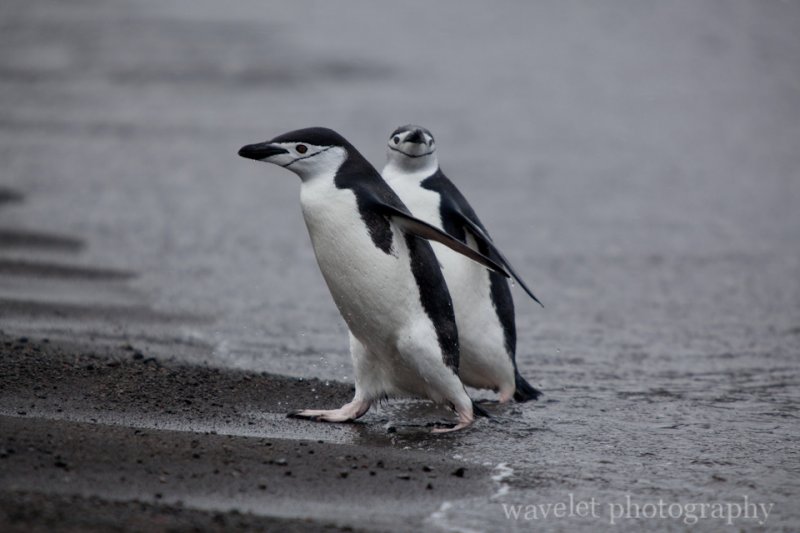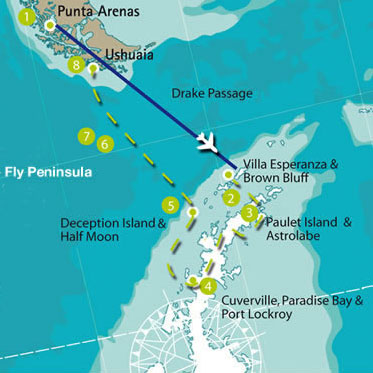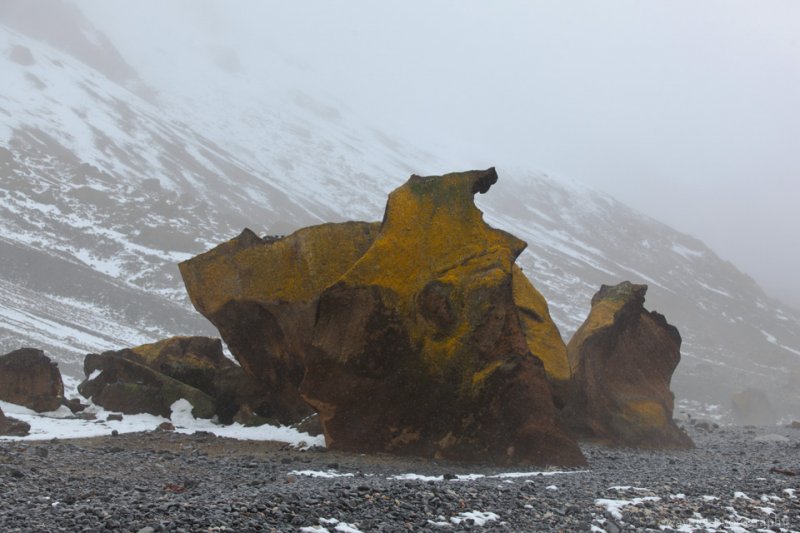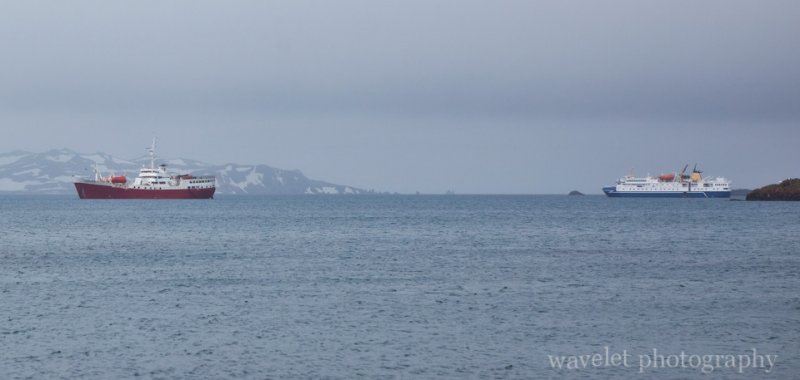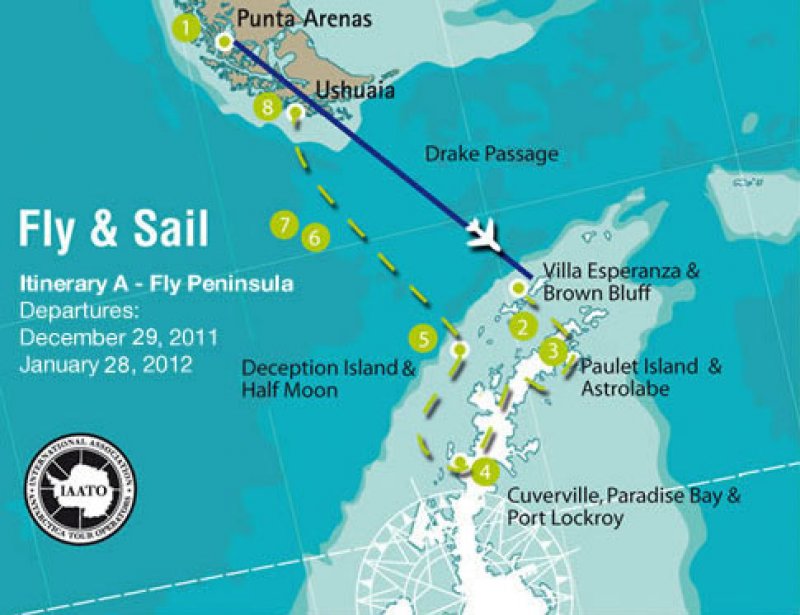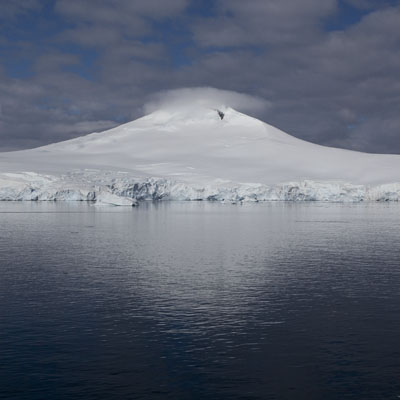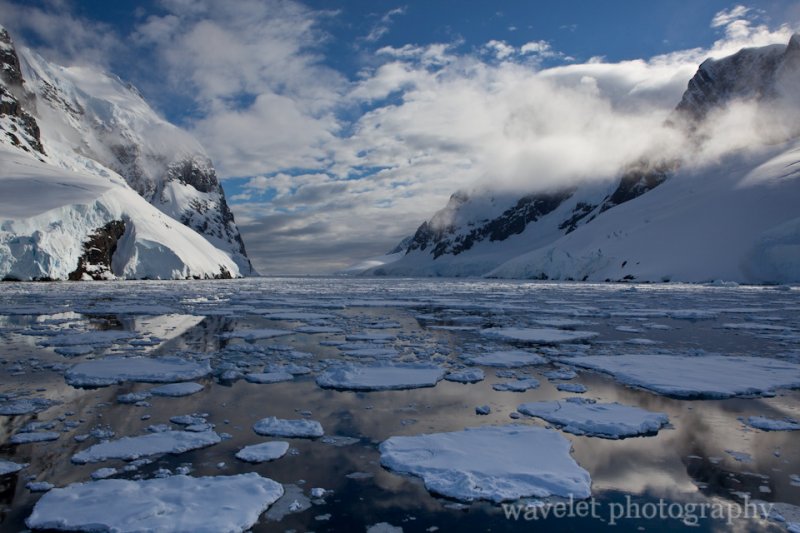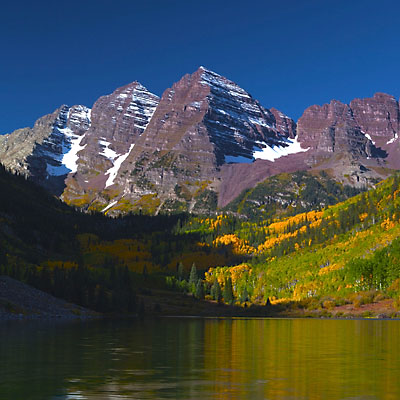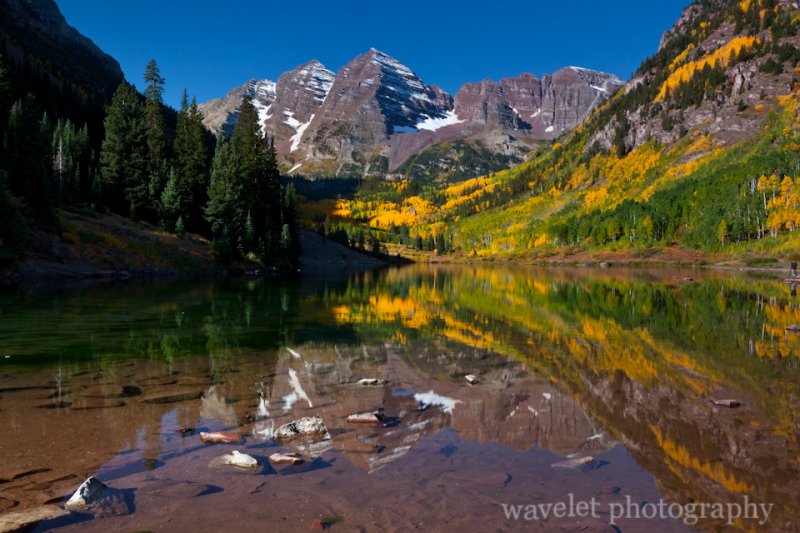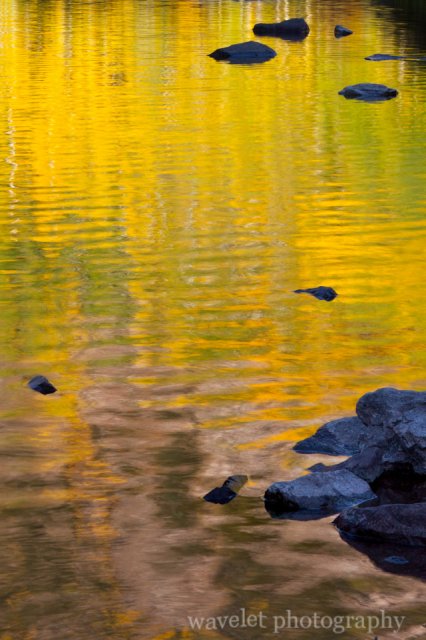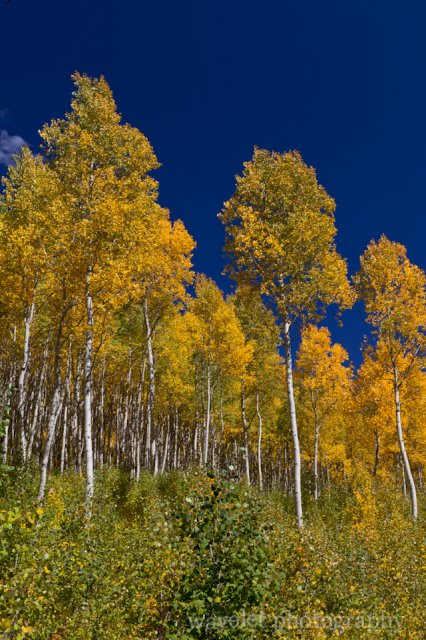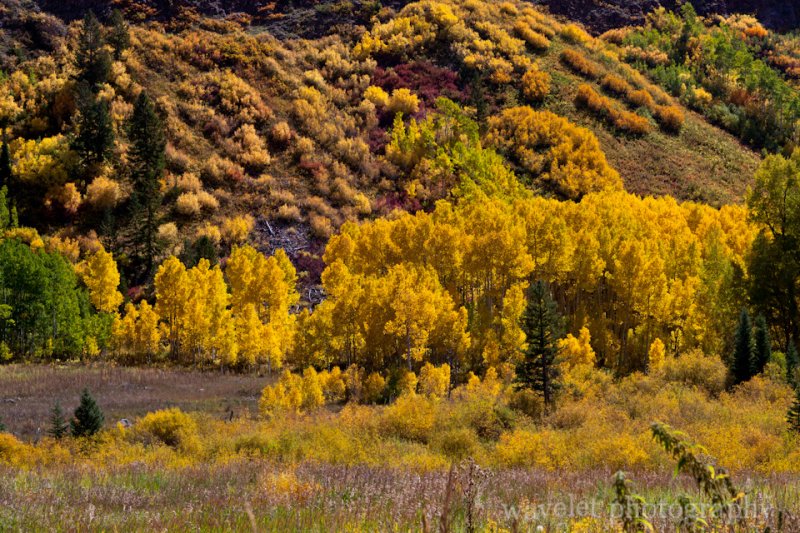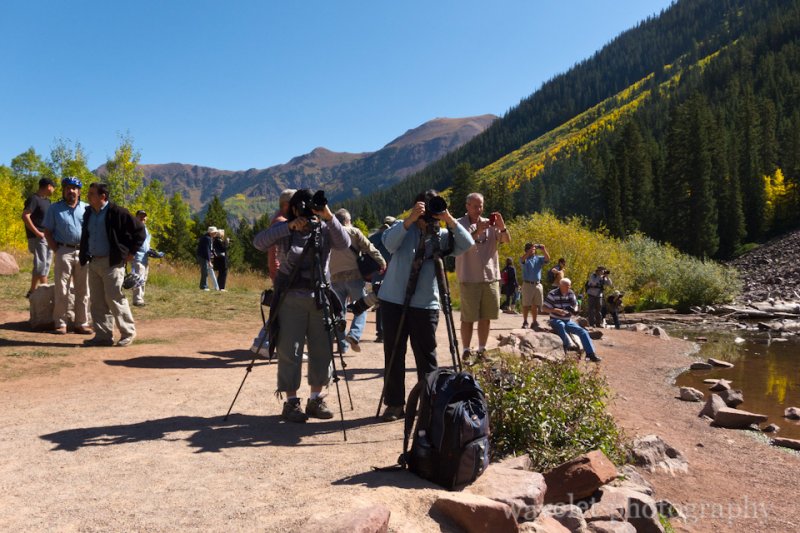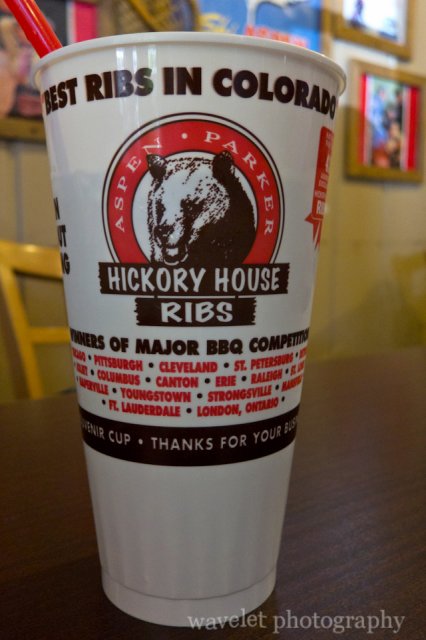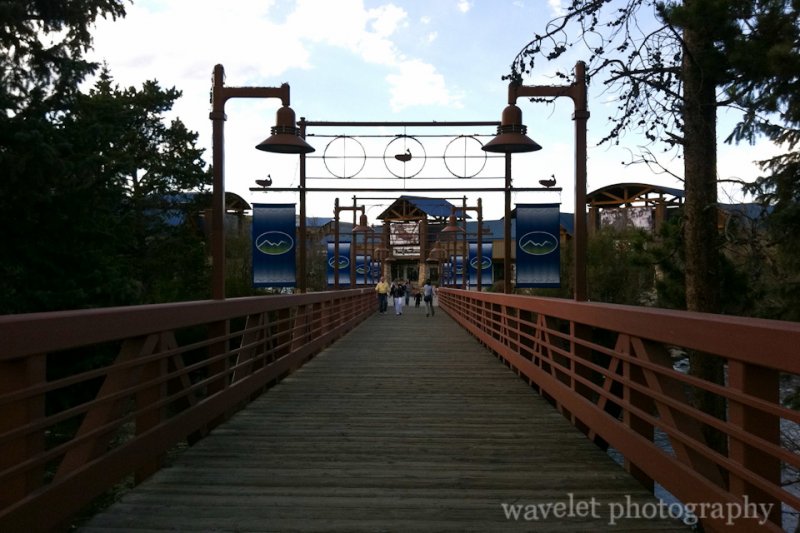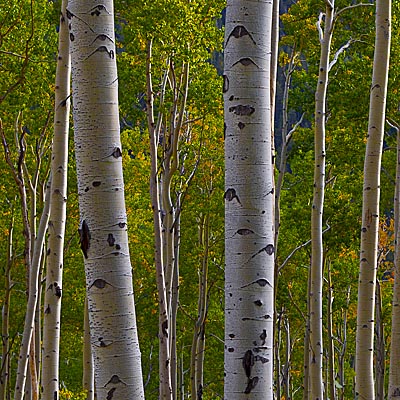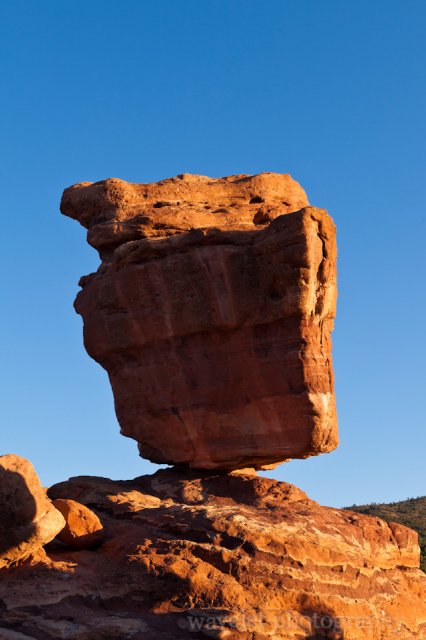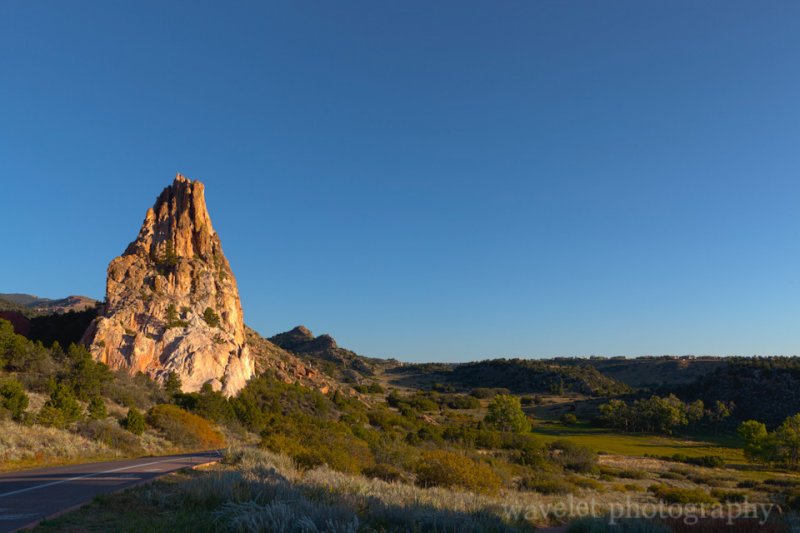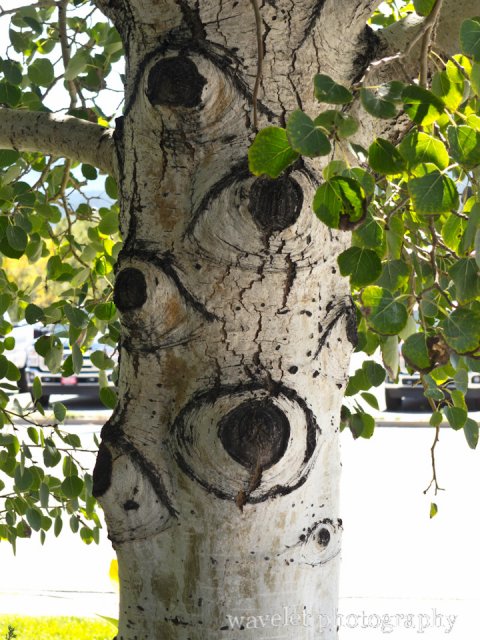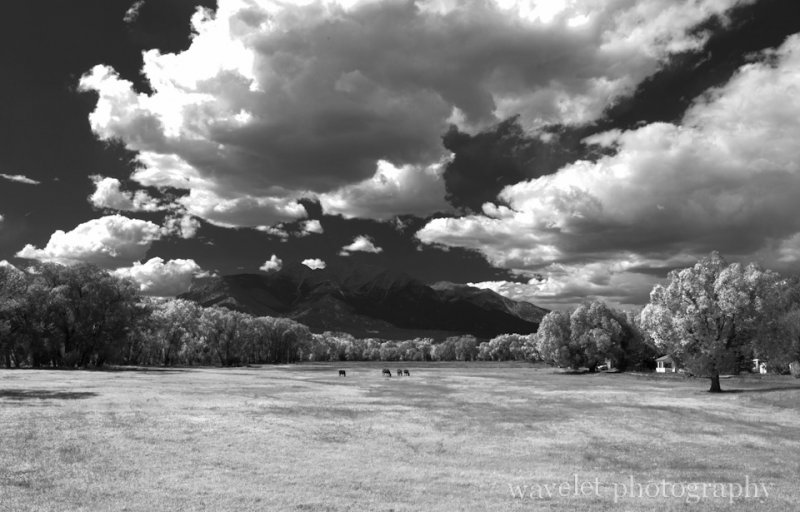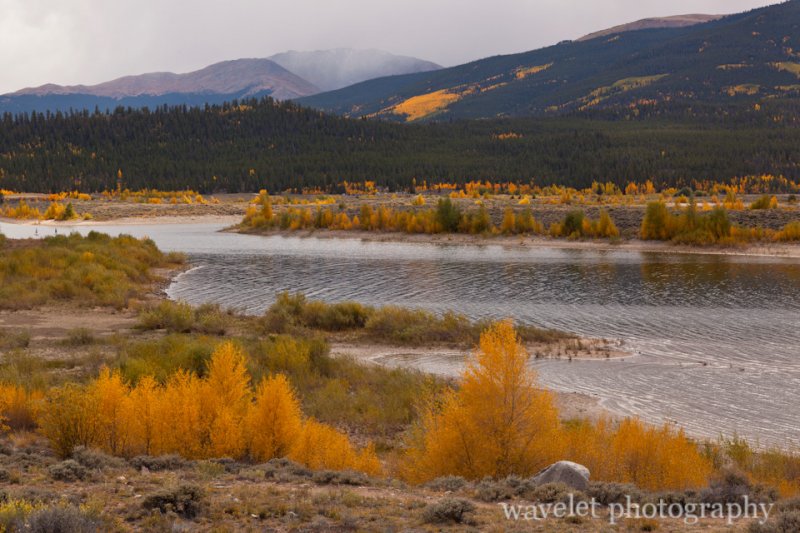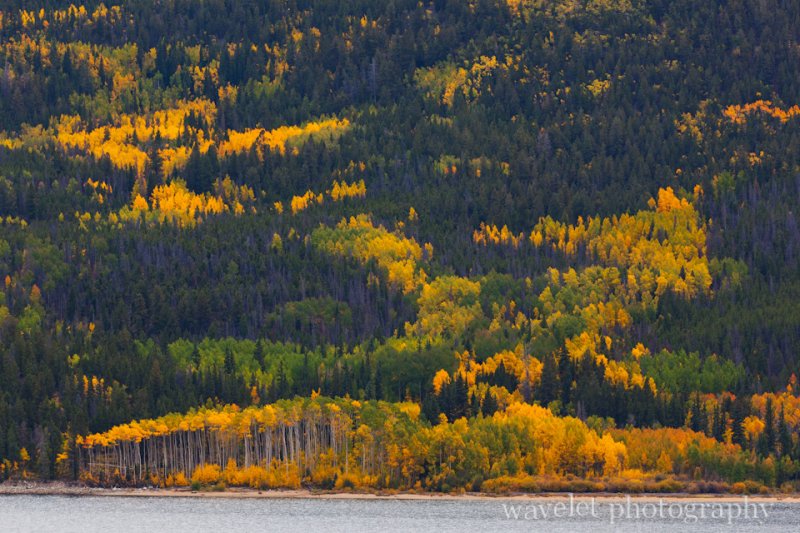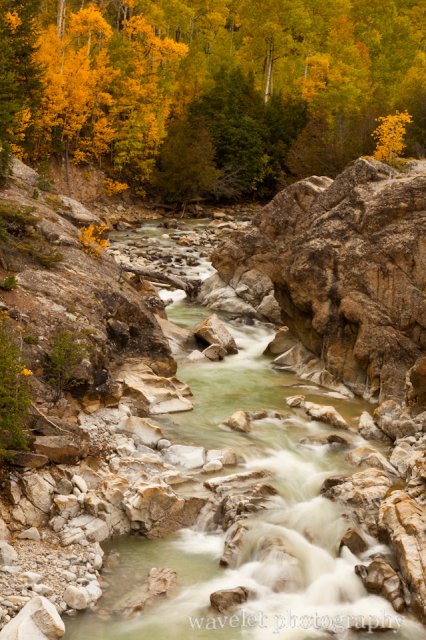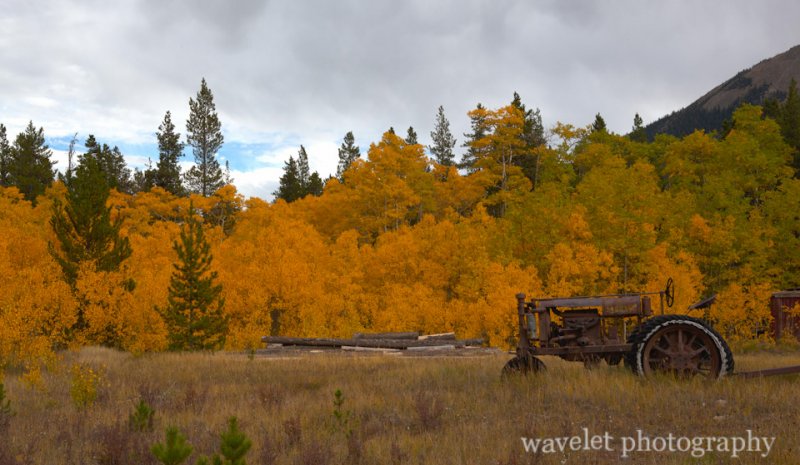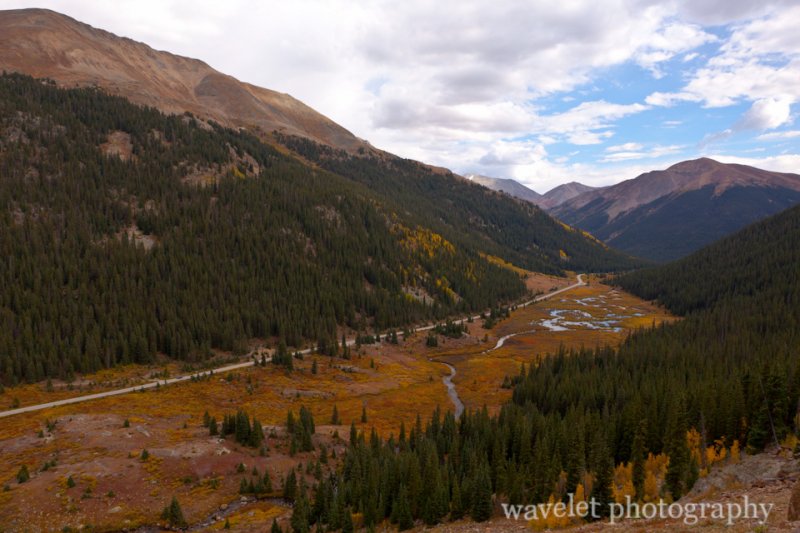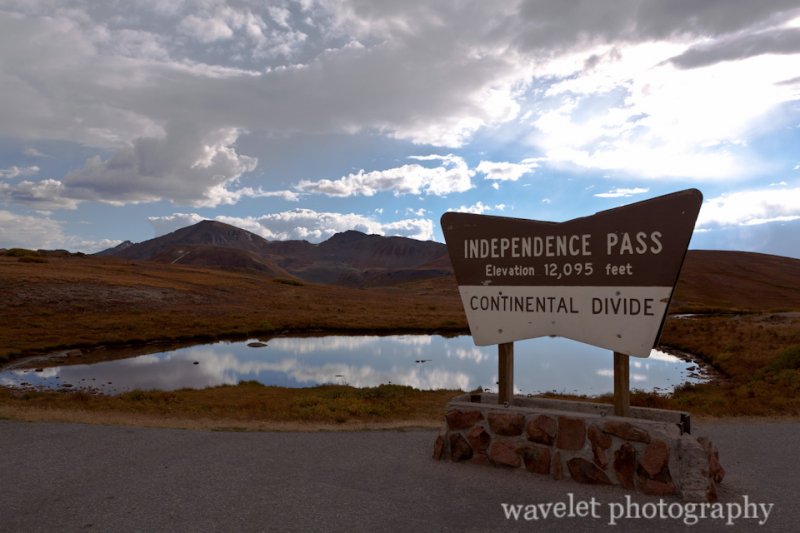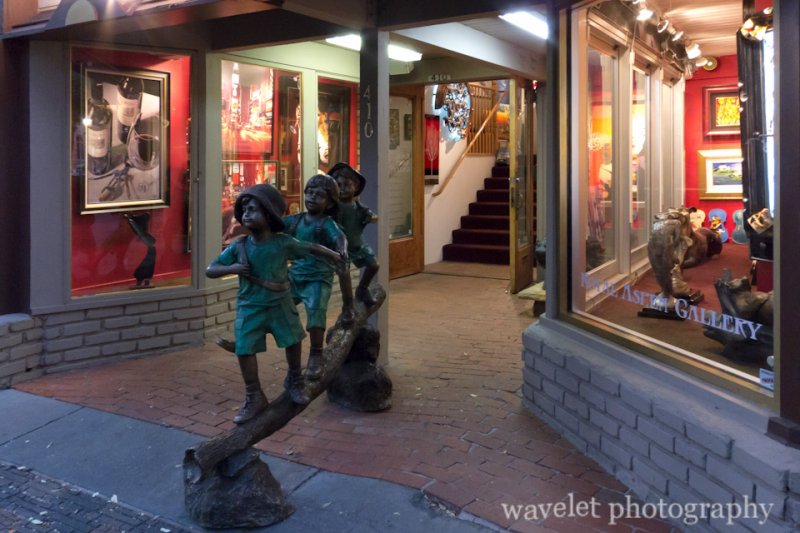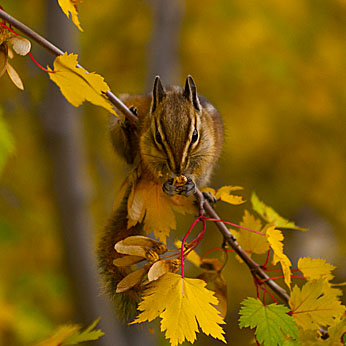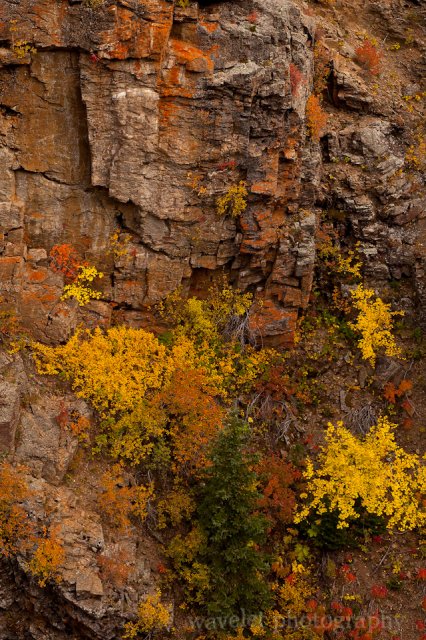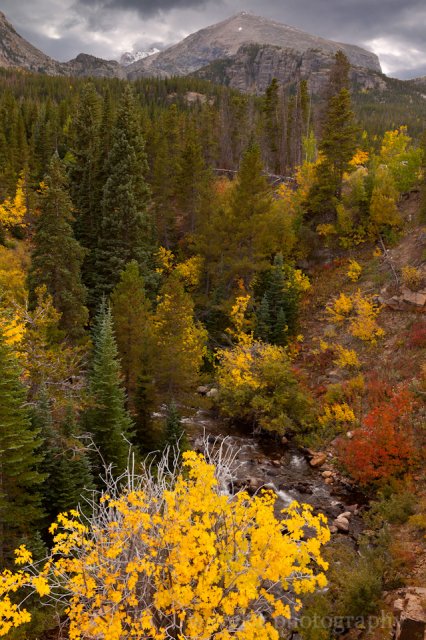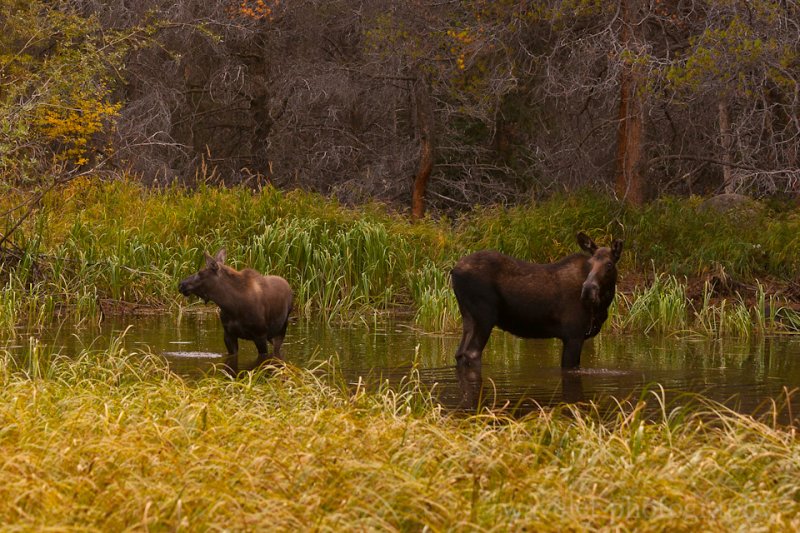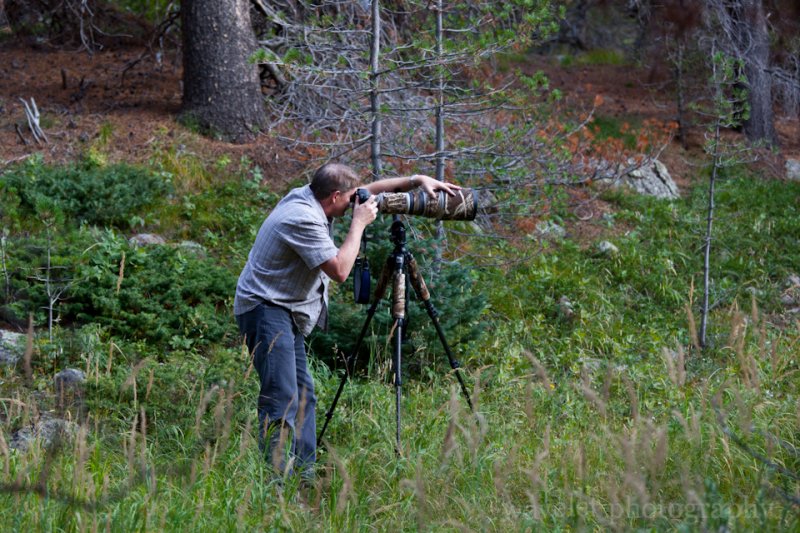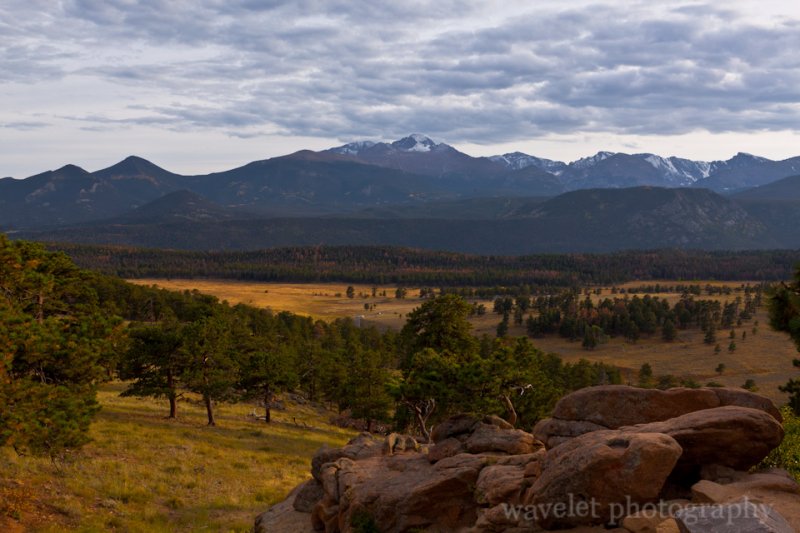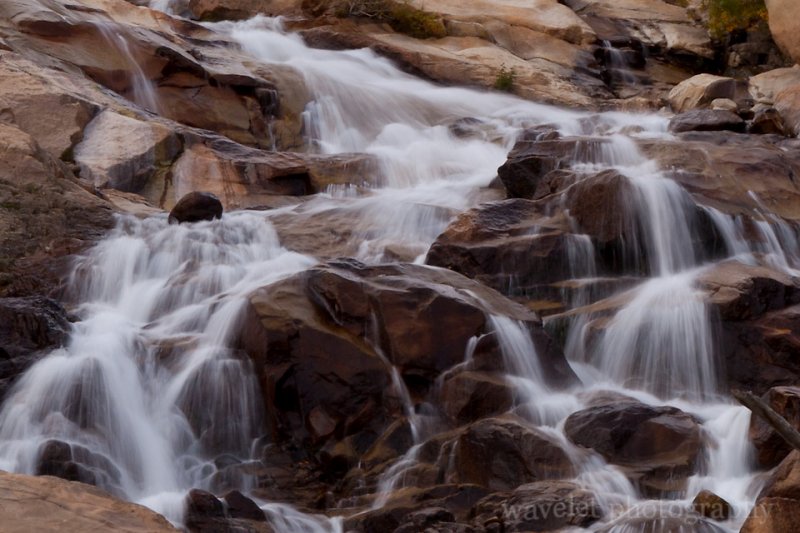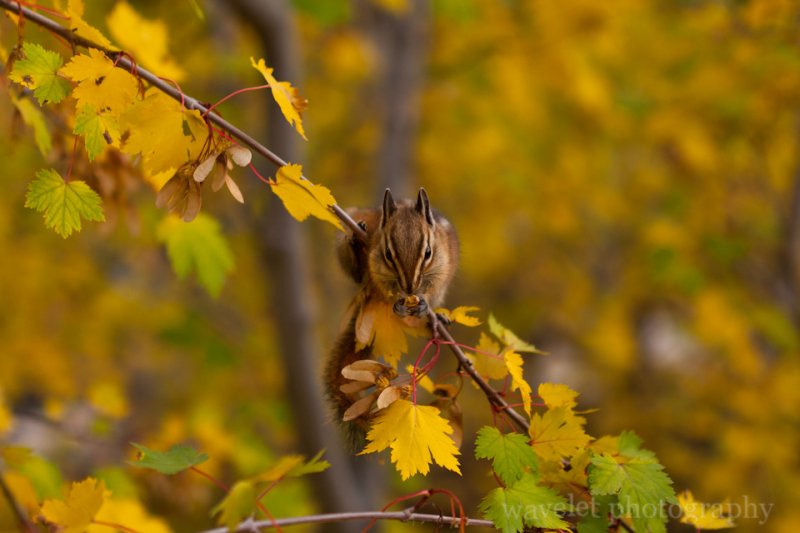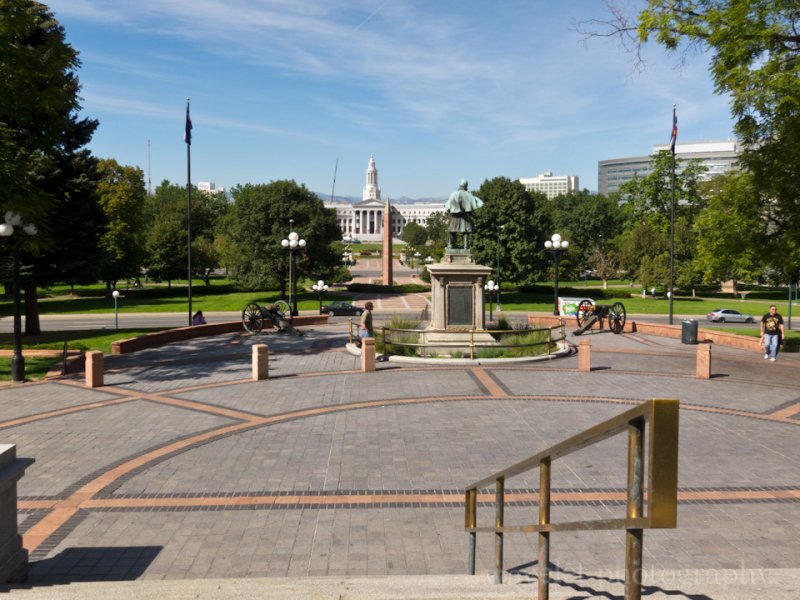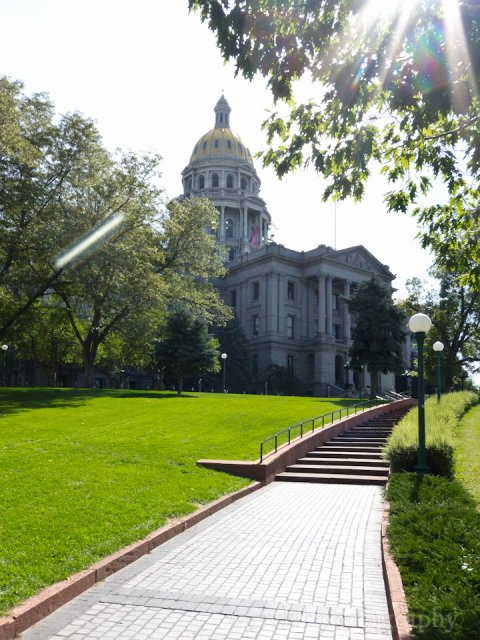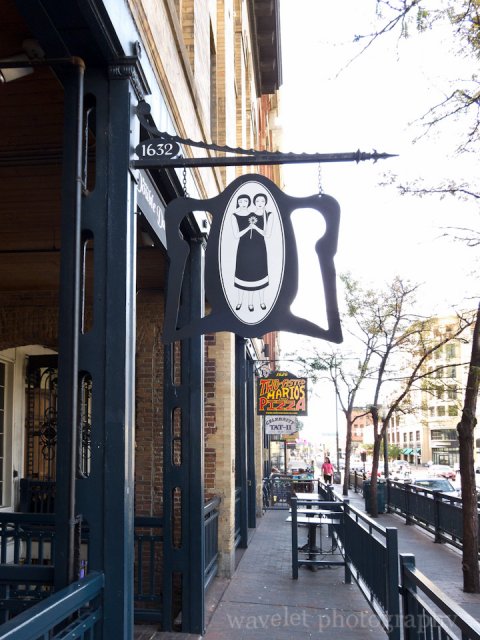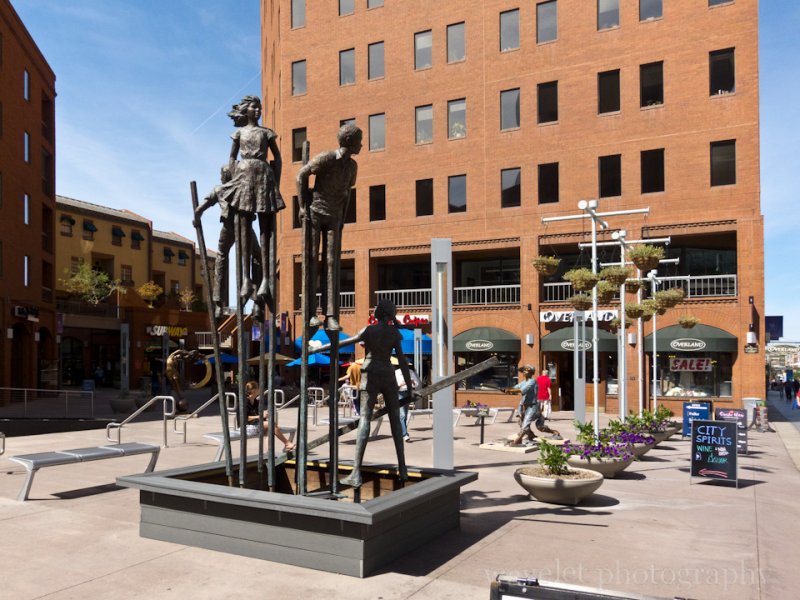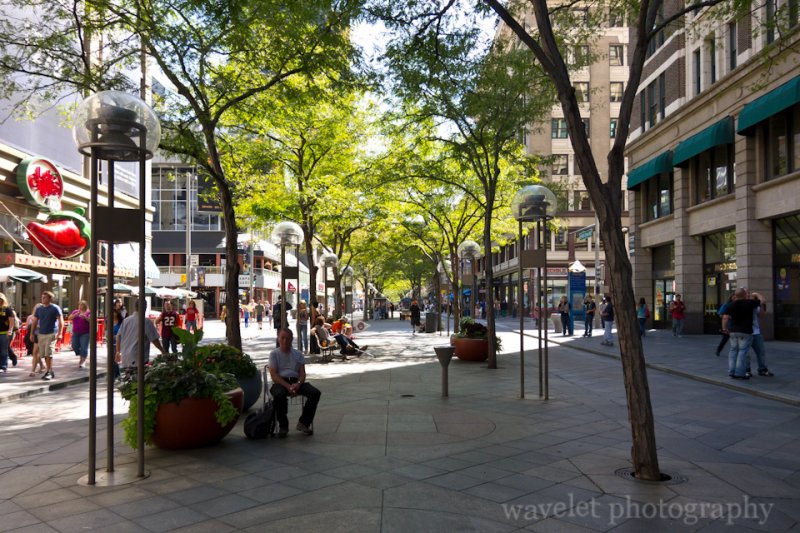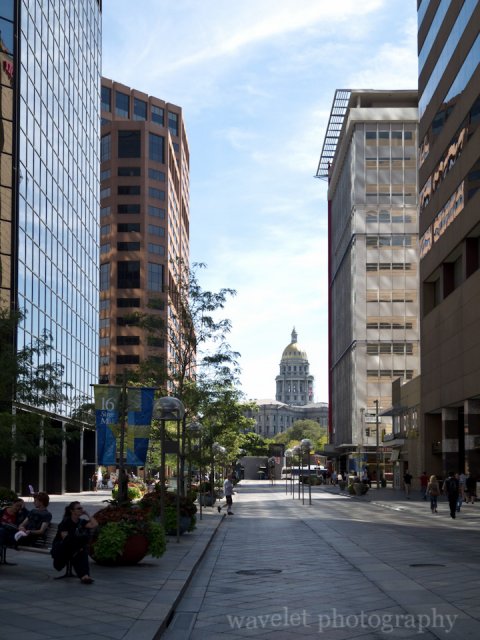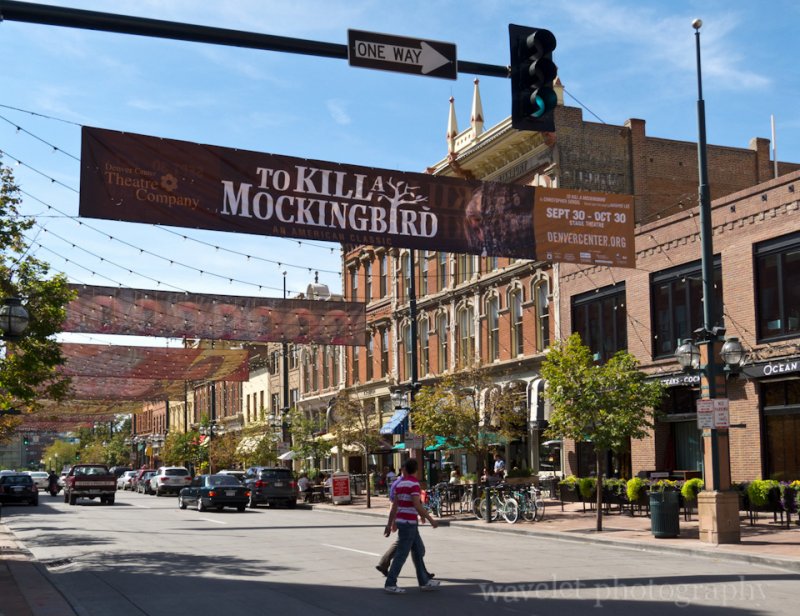The Last Place on Earth – Patagonia
2011.12.27Patagonia is a region located in the southern end of South America. The Argentina side is characterized by semi-arid plateaus, embellished with ponds and lakes; the Chilean side, also called Austral, stretches from south Andes to Tierra del Fuego island and Cape Horn, features the landscape of volcanoes, lakes and snow peaks with unsuspected natural beauty. The single mention of the name evokes the fascination of remote and pristine. (To fully appreciate the wildness of Patagonia, I recommend a documentary film – The Last Wild Race.) Our trip stayed within the Chilean side of Patagonia. It would take 3-hour drive from Punta Arenas to Puerto Natales, and another two and half hours to reach Torres del Paine National Park.
Leaving the Strait of Magellan behind, mountains were still far away, the only thing we could enjoy was the openness and nothingness of Patagonian plateau.
Driving for about an hour, a herd of thousands of sheep blocked the highway. Sheep farming is another main economic activity of Patagonia besides tourism. The shoulder of the highway was narrow here so the herd had to take over the highway. The shepherds drove them back and forth across the road, sheepdogs followed behind and kept all the sheep together. We fully enjoyed the scene and stopped to take pictures, but other cars didn’t have the patience as we had. Eventually, sheep were gathered at one side of the road when the space was wider so we were able to pass.
The roadside scenery became more lively as we drove further to the north. Land were all covered by grass and various of flowers. Snow mountains at afar started revealing themselves.
Puerto Natales is small town by the bay that connects to the Pacific Ocean through winding Señoret Channel. It is a gateway to TDP nation park and not much else. Buses run every hour from here to the park. Because accommodations within the national park are usually expensive, many visitors stay here over night and go to the park as day trips. As the result, there are good choices of restaurants and hotels in the city. Our plan was to take a rest and maybe have a lunch here.
There will be no gas station beyond this point. It’s important to fill the tank at Puerto Natales. When we stopped at a gas station, the worker pointed to the left back tire of our car. The tire was not just flat, there was a large gap. When we opened the trunk, we found the spare tire was flat too. People working at the gas station were very helpful. They inflate the spare tire and installed it to the car without asking us any money. They tried to speak to us about something but we couldn’t understand a word. Luckily, we found another traveler who was washing his car at the gas station knew both English and Spanish so he could translate for us. They suggested us to get the flat tire repaired so we would have a backup and they told us the shop that could do that.
Not very clear with the direction they gave, we ended up having a short city tour. Eventually, we found a small shop that had a pile of tires outside their door. The old tire was not repairable. They asked us to pay 20 bucks for a used tire in stock. We called the local Hertz office, but as expected no one answered the phone. It’s not a time to bargain. We bought the tire, put it into the trunk and hit the road again. It’s about 2pm.
The road split after 10 miles out of Puerto Natales. On the left, the road was unpaved. It’s supposed to be the newer road and can take you to the park faster. Although it is more tempting to stay on the paved road, it is said the pavement won’t last very far ahead. We turned left. After a couple of miles, there was a tourist attraction, Cueva de Milodon, a cave where the remnants of a prehistory giant sloth were found. We didn’t pay to enter the cave, but stopped to check the tire – it ‘s going flat again. For next 1 hour or so, on the unpaved road, others drove 30 miles per hour while I only drove 15 mph. At last, I couldn’t stand it anymore. I stopped at the roadside of Lago Porteño and replaced the tire with the one we just bought. It’s only 15-minute of work, but finally I felt more comfortable and confident driving on the rough road.
We drove along Lago del Toro and scenery was getting better and better . When we reached the southwest entrance of the park, it’s almost 5pm already. We paid the entrance fee, as usual in South America, foreigners sometimes have to pay 10 times as much as local people, and I decided to take some photos of the surrounding mountains. Right after I made the following shot, my wife run to me and asked, “Do you have the car key with you?” I instantly knew that the last thing I wanted to happen had happened. I left the car key in the car but didn’t tell my wife clearly. When she closed the door, the car automatically locked itself, with the key inside.
The entrance didn’t even have a phone. We found a couple who also traveled with their car and spoke some English. They took us to the police station 10 miles down the road. We were so lucky to have them help us communicate with the officers, because no one working in the park spoke English. We called Hertz, but again no one answered, plus I didn’t expect they could drive two hours to come to us. The police paged a patrol officer. When I saw him come with a iron wire I felt so relieved and though we could be on our way soon. However, when he took us to our car, we found he didn’t really know how to use the tool. Before long, another officer came. He had no idea either. Maybe the car was different in Chile, we removed the rim at the bottom the window but couldn’t found any hook inside the door. In the next two hours, three of us tried everything, using the wire to reach the key, to push the door control. The frame of the door was deformed, but nothing worked.
The breakthrough came when one officer made a circle with a thin wire and connected it to the thick wire. He managed to reach the hook that controls the trunk door and got trunk opened. Unfortunately, there was no way to get into the car from the trunk and the officer even got his finger cut. As they were working at the back of the car, I decided to try my luck. This time I tried to reach the door handle. I got it hooked at the first attempt, pull the wire, Voila! the door was opened.
We couldn’t thank for these two officers more. They never gave up on us in that two hours, even with all the efforts turned to disappointments. We tried to pay them but they refused firmly, instead, each of them took out a record book and asked us to write down our acknowledgment. One of officers proudly showed us his Chilean Police badge. What a lovely and honorable police force! No wonder Chile is the safest country of South America.
The rest of the journey was smooth. We arrived at our hotel, Hosteria Pehoé, at 8:00pm. It took us 10 hours on the road. Hosteria Pehoé is located in the middle of Logo Pehoé, the very heart of TDP. It was the most eventful day of all our travel trips, but there is nothing more rewarding than sitting in the restaurant having dinner while watching the unbeatable sunset view over the signature landscape of Torres del Paine National Park.
